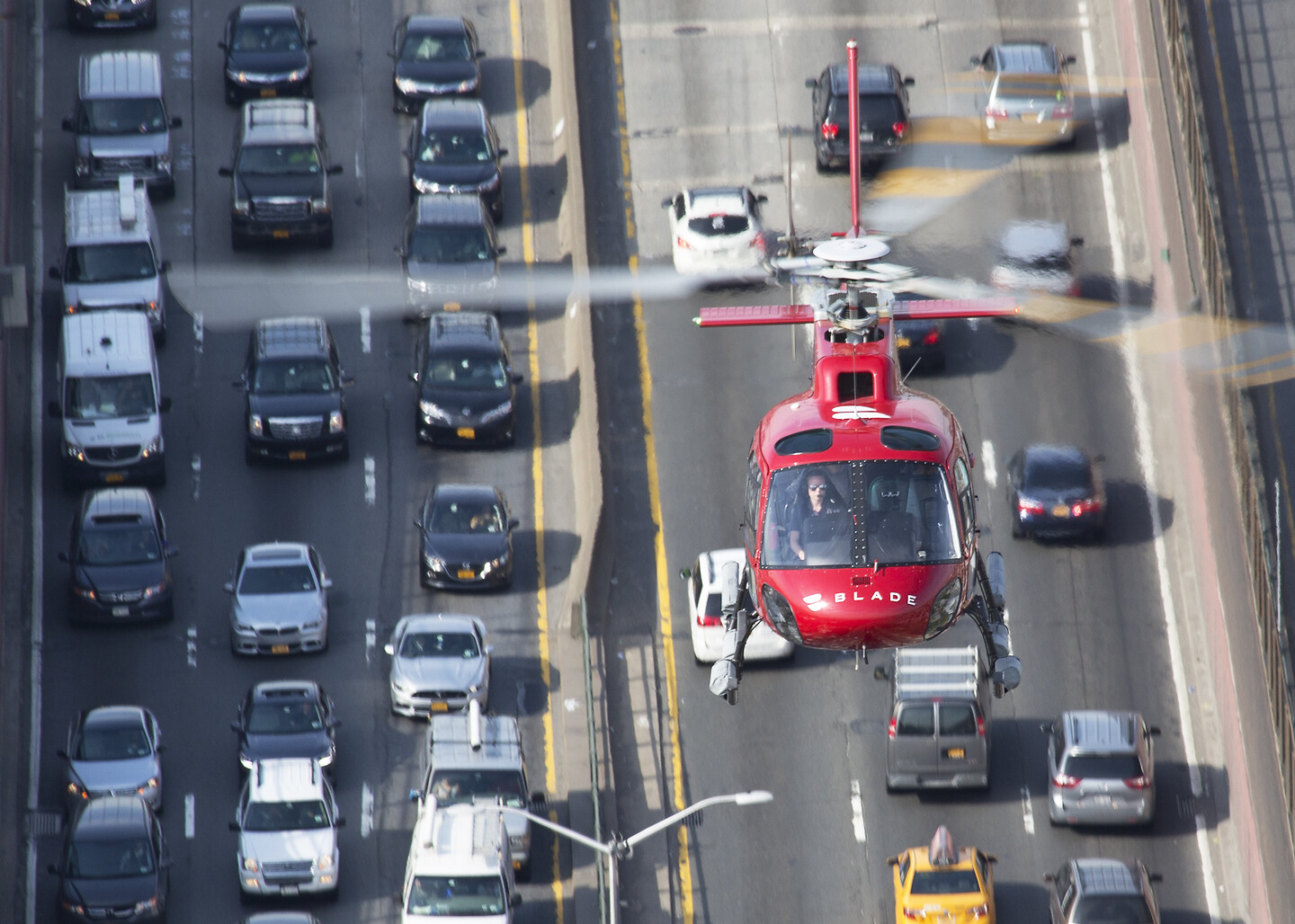Of Freeways and Helicopters
DAG technology or directed acyclic graph models are the future of blockchain, as they are on track to providing solutions to fulfill some of these common problems we commonly see in the space. The solution pertains to the overall structure of how the technology integrates, communicates, and connects.
As blockchain technology gains traction and provides a proven track record of benefits, developers and users are beginning to see some of the weaknesses and issues within the standard blockchain methodology.
Ethereum, along with most blockchains structures, uses a model representing a chain to operate. So-called layer 1 blockchains (like Ethereum) act as highways and freeways for vehicles to drive on. Even though we can successfully travel on highways, we are all aware that they become congested with high-volume traffic, leading to less efficiency (or toll charges, i.e. gas fees) .
Ethereum’s blockchain is like an overcrowded, congested highway, like many others with similar blockchain-like structures. The initial wave of new blockchains tried to solve the problem of scale and congestion by improving the highway (making it wider, or raising the speed limit.) These highways are all Layer 1, built above the ground (Layer 0).
On these highways travel different vehicles: passengers cars, trucks, busses, with various speeds and configurations: some for freight and some for people. Big SUVs with one occupant and tour busses with many. This is the layer 2 solution, improving throughput, speed, efficiency, or cost on the freeway.
A current problem in the standard blockchain model pertains to miners being forced to compete for new blocks to add to the chain. This model creates aggravated competition due to a “block” having to be completed before the next begins. This increased competition among the miners slows down the process for users while increasing the cost.
In this simile of freeways and cars that travel on them, Constellation ($DAG) is a helicopter. It is not working with blocks but vectors, it can transport information even if the highway below is congested. In a matter of speaking, it doesn’t even relate the ground (Layer 0); it doesn’t care about terrain. Calling $DAG a Layer 0 solution is like calling aircraft “ground vehicles”. These DAG models use nodes with multiple parent roots to process transactions vertically and simultaneously, thereby eliminating the conflict between miners over who gets the next block in the chain or, in our real-life comparison, getting from point A to point B on an overcrowded highway.
As blockchain technology evolves rapidly, many developers are beginning to eye DAG’s structure, as they believe it may be a turning point in creating a more secure, effective solution in the space.
The directed acyclic graph model was first introduced in 2015. While it still needs fine-tuning, it is slowly enabling solutions to current issues we see in traditional blockchain technology: the ability to remain decentralized while offering a scalable, speedy, and secure network.
There is a high likelihood we will begin to see this model of cryptography being implemented in the space, as it is gaining the attention of many due to its ability to provide a more cost-effective solution.
And let’s be honest – what is the use of sitting in traffic on Route 66 (Ethereum) if we had access to a flying car (DAG). No traffic jams, not traffic lights, no collisions. Well maybe some mid-air collisions. But that’s for different blog post.
Dr Martin Hiesboeck is the head of blockchain research at Uphold Inc. and Founder of the world-renown consultancy Alpine Blockchain Consultants.
